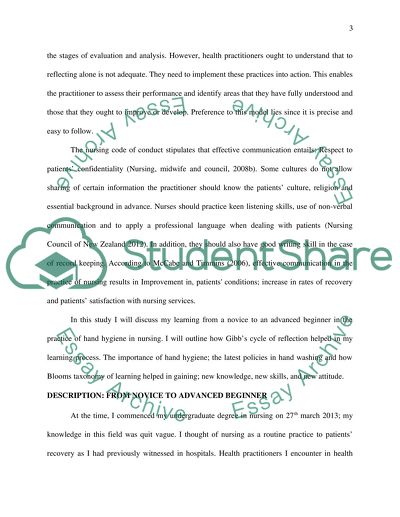Cite this document
(“Hand Hygiene in the Practice of Nursing Essay Example | Topics and Well Written Essays - 3000 words”, n.d.)
Retrieved de https://studentshare.org/nursing/1478239-hand-hygiene
Retrieved de https://studentshare.org/nursing/1478239-hand-hygiene
(Hand Hygiene in the Practice of Nursing Essay Example | Topics and Well Written Essays - 3000 Words)
https://studentshare.org/nursing/1478239-hand-hygiene.
https://studentshare.org/nursing/1478239-hand-hygiene.
“Hand Hygiene in the Practice of Nursing Essay Example | Topics and Well Written Essays - 3000 Words”, n.d. https://studentshare.org/nursing/1478239-hand-hygiene.


